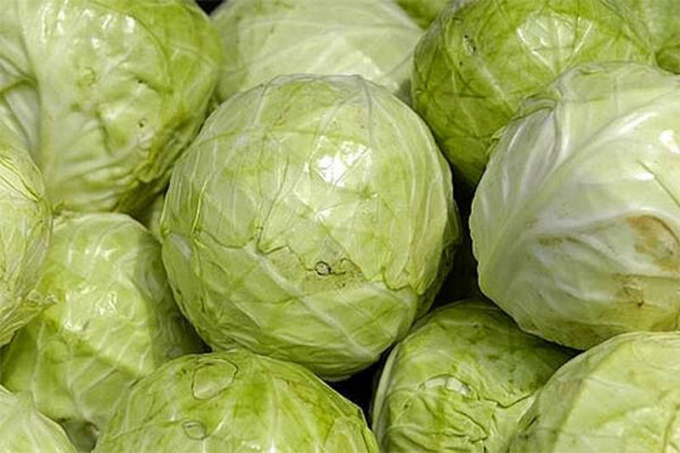You will need
- cabbage;
- large saucepan;
- the colander;
- microwave or oven;
- food foil;
- a sharp knife.
Instruction
1
First of all, choose the suitable cabbage. It is best to take Kochan medium size, moderate firmness, slightly frail. With such a head will easily tear off the leaves without damaging them.
2
Some Housewives prefer to cook the whole forks entirely. However, this requires a very big pot, but there is no guarantee that all sheets are equally soft. Easier to disassemble the cabbage into individual leaves before cooking.
Gently separate leaves from stalks. If they are separated with difficulty, lightly trim them with a knife at the base. Collect juicy, undamaged leaves of the same size.
Gently separate leaves from stalks. If they are separated with difficulty, lightly trim them with a knife at the base. Collect juicy, undamaged leaves of the same size.
3
Pour water to saucepan, bring to the boil. Salt. Dip it in the water cabbage leaves. Sure that they were completely covered with water. Blanch the cabbage for about 3-6 minutes. Sheets ready drain in a colander, allow to drain water, and the leaves completely cool.
4
You can do otherwise: the prepared sheets wrapped in plastic foil and place in the oven for 5-7 minutes. The advantage of this method is the preservation of the cabbage juice and the flavor of the finished cabbage.
5
The leaves can be cooked in a microwave oven. Put them on a glass or ceramic bowl and turn on the oven for 3 minutes. The taste is like the taste of cabbage baked in the oven, but the consistency will turn out somewhat different.
6
And finally, the easiest way. If you do not want to mess with pre-boiling or baking whole cabbage leaves, prepare lazy cabbage rolls. To do this, the raw leaves are cut and mixed with the prepared stuffing. Many of this version of cabbage like it even more classic.
Note
Be careful when blanching and roasting - hot cabbage leaves can be severely burned.
Useful advice
If the finished leaves harsh veins at the base, they can be lightly beat with a meat mallet or cut with a knife. In the end, the sheet will be of uniform thickness and the filling can be wrapped more carefully.
